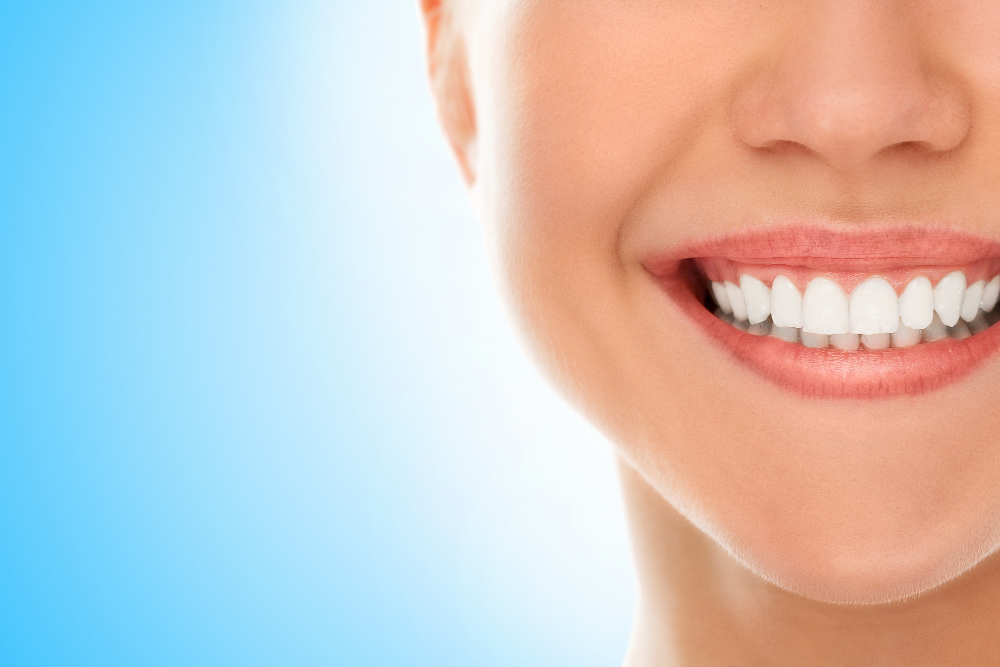Zirconia Crown restorations are becoming the most preferred material for producing dental restorations due to their exceptional aesthetics and near-indestructibility.
WHAT IS A ZIRCONIA CROWN?
It’s a form of ceramic (more precisely, a zirconium oxide) that’s stronger than porcelain and some metal alloys. Due to its strength, it is also used for medical purposes such as artificial joints. In comparison to porcelain crowns, zirconia crowns are less likely to produce stress and damage to adjacent teeth.
Dentists appear to have few preferences out of all the ceramic versions available so far. For dental work, they frequently use:
- Framework zirconia
- Full-contour all-translucent zirconia
- Porcelain Veneered Zirconia Crowns
- Monolithic Zirconia Crowns
- Multilayered Zirconia Crowns
WHAT ARE THE ADVANTAGES OF ZIRCONIA CROWNS?
- Superior appearance. Zirconia is aesthetic material, it replicates the appearance of natural teeth.
- Provides substantial support for severely damaged teeth.
- Increased confidence. Unlike porcelain-fused-to-metal crown, zirconia has no metal lining at the gums. The metal lining is more apparent when the individual smiles.
- Extremely shock-resistant.
- Biocompatible: so far, no allergic reaction to zirconia crowns has been documented.
- Stain-resistant.
- Modification is simple.
- Placement on the same day
WHAT ARE THE DISADVANTAGES OF ZIRCONIA CROWNS?
The most significant disadvantage is that, due to its extreme strength, it has the potential to wear down the enamel of adjacent teeth. Regular check-ups, on the other hand, can help to limit the risk of harming opposing teeth.
Another disadvantage is that it is opaque, which may make it appear less natural. This is especially true with monolithic zirconia crowns, which are constructed entirely of zirconia. However, it may be less of an issue for back teeth.
ARE ZIRCONIA CROWNS SAFE?
Its strength and biocompatibility make it an excellent and safe dental restorative material. Many patients are concerned about the use of metals in dental restorations and the potential for negative health consequences. This is not a worry with Zirconia because the material is unreactive.
WHY WOULD YOU NEED ZIRCONIA CROWNS?
The patient might want to consider a Zirconia Crown for the following reasons:
- Missing tooth.
- As a restoration, it is securely attached to a dental implant.
- Protect a tooth that has become weaker (from decay).
- This personalisation reduces the margin for error and assures a perfect fit for each patient.
- Supporting a large filling.
PORCELAIN VENEERED ZIRCONIA CROWNS
Porcelain veneered zirconia crown, which comprises of porcelain layers placed over a zirconia base. Zirconia is a strong white metal that may be used alone, however, it is not as aesthetically appealing as porcelain. The combination of zirconia and porcelain provides outstanding results. As the zirconia base gives endurance while the porcelain layers provide excellent looks.
MONOLITHIC ZIRCONIA CROWNS
Monolithic Zirconia Crowns are formed entirely of solid zirconia blocks; no additional porcelain layers are used in their construction. Since its transparency resembles that of a natural tooth, multilayered zirconia crowns offer superior natural aesthetics than solid uniform zirconia crowns. According to a study, it was concluded that the prevalence of clinical problems was minimal, and patients were impressed with both the aesthetic and functional aspects of the monolithic zirconia crown. “STUDY”
MULTILAYERED ZIRCONIA CROWNS
Multi-layered zirconia crown is made up of layers with varying degrees of translucency, starting with the opaque and coloured body layer (cervical), progressing through two transitional layers, and finally completing with the transparent incisal edge (occlusal/incisal). A special procedure is used to create an invisible transition from one layer to the next.
FULL-CONTOUR ALL-TRANSLUCENT ZIRCONIA
A full-contour translucent zirconia crown is better suited for areas that should be visually appealing while enduring significantly less biting and grinding forces.
HOW ARE ZIRCONIA CROWNS APPLIED?
Sensitive dental procedures are used to acquire impressions when the tooth structure is decreased by 1-1.2 mm throughout. They are then delivered to the technician who will perform the core and porcelain layering.
The dentist will then examine the teeth in relation to their neighbouring teeth for colour, form, and translucency. Once everything has been completed to the dentist’s satisfaction, powerful luting solvents will be used to set the crown in place.

